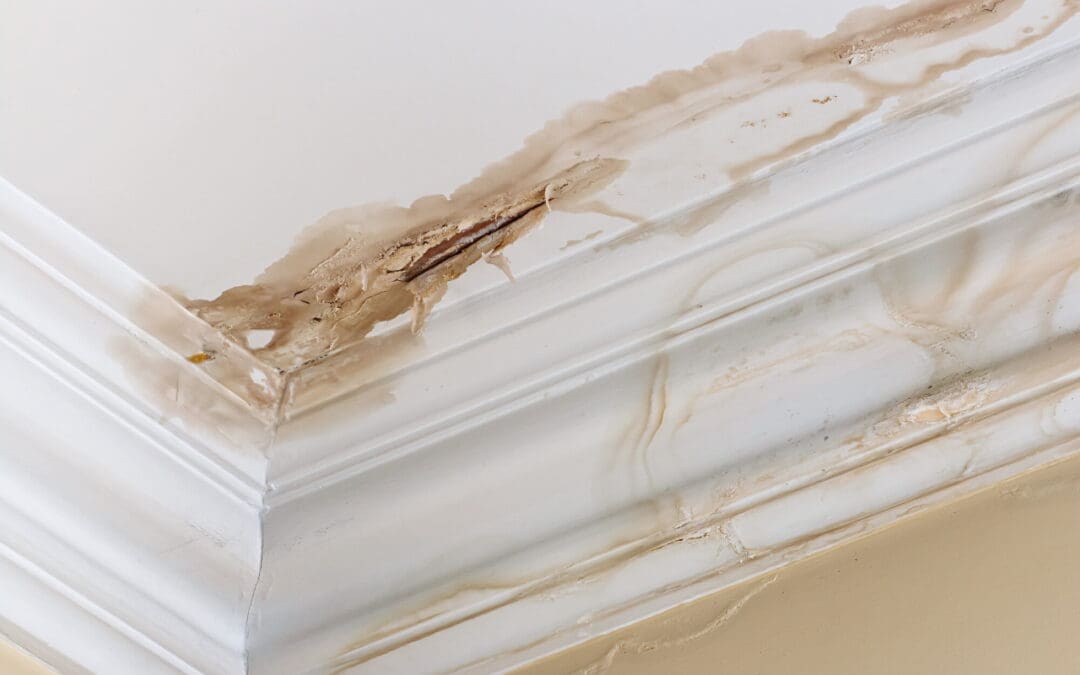If you live in a high-humidity area, you know that the air feels heavy, and so does the responsibility of protecting your home from excess water vapor. Moisture problems are more than just an annoyance; they are a persistent, structural threat that leads to mold growth, wood rot, pest infestation, and a decline in indoor air quality. For homeowners battling relentless humidity, understanding the source of these moisture issues and implementing targeted solutions is vital to preserving your property and health.
Understanding the Types of Moisture Issues in the Home
Water can enter your home in two main ways: through infiltration (bulk water leaks) and through condensation (high humidity). Infiltration and leaks are the obvious, destructive moisture problems caused by physical breaches in your home’s envelope. This includes failing roof shingles, cracks in the foundation, leaky window seals, or overflowing gutters that direct water toward the house instead of away from it. Water intrusion could quickly lead to structural damage, rot, and immediate staining.
Condensation and humidity are the insidious, often invisible type of moisture problem prevalent in high-humidity climates. When warm, moisture-laden air cools down upon contact with cooler surfaces (like walls, pipes, or window glass), it turns back into liquid water. Everyday activities, such as cooking, showering, and drying clothes, exacerbate this issue. Left unchecked, chronic condensation leads to mold, mildew, and structural deterioration.
Tackling Exterior and Foundation Moisture Problems
The first line of defense against severe moisture problems starts outside, focusing on directing water away from your foundation. Proper grading and drainage are non-negotiable. Inspect your gutters and downspouts frequently, especially after heavy rain. Ensure they are clear of debris and that downspouts extend at least five to ten feet away from the foundation. Water that pools near the foundation may seep through the concrete, leading to basement or crawl space moisture. If your property slopes toward your house, you may need to add soil near the foundation so the grade slopes away from the structure.
Crawl spaces are particularly susceptible to moisture problems in humid regions. If your crawl space is vented, the vents often allow hot, humid air to enter and condense on cool surfaces, creating a perfect environment for mold and rot. Encapsulation, sealing the vents, lining the floor with a heavy-duty vapor barrier, and conditioning the air with a dehumidifier, is often the most effective way to eliminate these chronic moisture issues and protect your home’s structure from below.
Ventilation: The Key to Solving Internal Moisture Problems
Inside the living space, effective ventilation is your primary tool for managing humidity and solving internal moisture problems. Always run the bathroom exhaust fan for at least 15 to 20 minutes after showering to pull the saturated air out. Similarly, run the kitchen range hood while cooking, even if you are just boiling water, as this releases significant amounts of moisture vapor. These fans must vent directly outside, not into the attic, which would simply shift the moisture problems to another part of your structure.
For general humidity control, particularly in high-humidity months, a whole-house dehumidifier is the gold standard. While portable units will help in specific rooms, a whole-house system integrated with your HVAC will consistently maintain the indoor relative humidity at a healthy level (ideally between 40% and 50%), eliminating the environmental conditions necessary for mold and mildew to thrive.
Identifying and Addressing Hidden Moisture Problems
Many of the most damaging moisture problems remain hidden until the damage is severe. Therefore, regular vigilance is critical. Look for subtle signs: a musty, earthy odor often indicates active mold growth in walls or crawl spaces. Check for bubbling, peeling, or cracking paint and wallpaper, which signifies moisture trying to escape the wall cavity. On windows, persistent condensation should prompt an investigation into the room’s ventilation and humidity levels.
Another common culprit is leaky appliance lines. Inspect the hoses and connections for your washing machine, dishwasher, and refrigerator ice maker, as even a slow drip could lead to significant hidden issues inside cabinets and walls. Addressing these immediately prevents them from becoming major headaches down the road. By staying vigilant and managing your home’s exterior and interior environment, you will successfully win the battle against moisture problems.
Frequently Asked Questions (FAQs)
What level of indoor humidity is considered healthy for a home?
The ideal indoor humidity level for controlling moisture problems and promoting health is generally between 40% and 50%.
Can high humidity cause pest infestations?
Yes. High humidity and damp wood created by moisture problems are attractive to pests like termites, carpenter ants, and silverfish, which thrive in moist conditions.
Why is my attic a common place for moisture problems?
Attic moisture problems are usually caused by poor ventilation combined with air leaks from the living space below. Warm, moist air rises, enters the cold attic through gaps, and condenses on the cold roof sheathing, leading to mold and rot.
Will running my air conditioner help with moisture problems?
Yes. While the primary job of an air conditioner is cooling, it dehumidifies the air as a side effect. Running your AC effectively removes a significant amount of moisture, making it an excellent tool for mitigating summer moisture problems in high-humidity areas.
KeysInspector provides home inspections to customers in the southern Florida area. Contact us to request our services.

